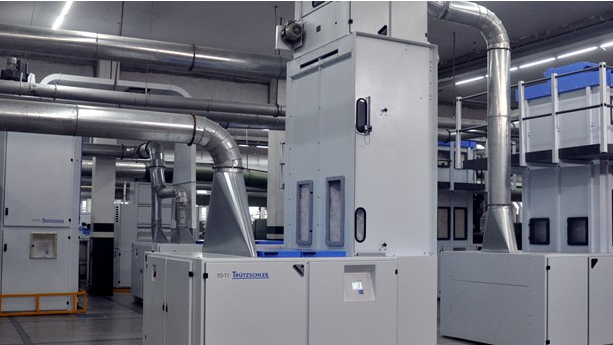Experts Warn Vietnamese Industries Of TPP Barriers
Vietnamese textile, garment and footwear makers will need to navigate through a minefield of barriers to benefit from the opportunities that the Trans Pacific Partnership (TPP) will bring, experts have said.
They warned that Vietnamese textile and footwear sectors need to pull up their socks by the time the TPP comes into force to benefit from the world’s biggest trade bloc.
At a seminar on “TPP and the Textile, Apparel and Footwear Sectors”, organised by the Vietnam Investment Review in HCM City this week, Nguyn Công Ái, partner of auditing firm KPMG said that Vietnam currently depends too much on imports of raw materials.
“It is estimated that 60-70 per cent of inputs are imported, predominantly from China, South Korea and Taiwan,” he said, pointing out that imports from China account for 48 per cent of the textile industry’s feedstock.
The industry can source only 2 per cent of its cotton needs locally and 12.5 per cent of fabrics, and the quality is inconsistent, he said.
The heavy import of raw materials could fall foul of the TPP’s ‘rules of origin’ clause.
Ai cited the weakness in design as another challenge. Vietnamese textile and garment companies are mostly subcontractors for other firms in the region because they do not have the ability to design and develop their own brands.
“Only 2-3 per cent of Vietnam’s exports is of ODM (original design manufacturing),” he said, referring to products completely made by producers from the design to the finished stage.
The textile sector’s productivity is low at a third of Hong Kong’s and a fourth of China’s and that chips away at its competitiveness, he said. Ai also pointed out that Vietnamese garments are 15-30 per cent more expensive than the global average.
Weak marketing and distribution worsen the problem, he said.
In the footwear sector, the local content is no more than 45 per cent, while it has to import 80-100 per cent of leather, chemicals for tanning, soles and buckles, and synthetic rubber from Taiwan, China, Thailand, and Brazil, he said.
According to Ai, Vietnam’s tanning industry can meet only 10 per cent of the demand and operates at 25 per cent capacity due to a shortage of materials.
The industry shares the weaknesses of the textile and garment sector with respect to design, marketing and distribution, he said.
He suggested that link between companies in the value chain should be promoted through planning and developing industrial clusters specialising in textile and garment and footwear.
We buy and sell textile machinery

Leave a Reply
You must be logged in to post a comment.